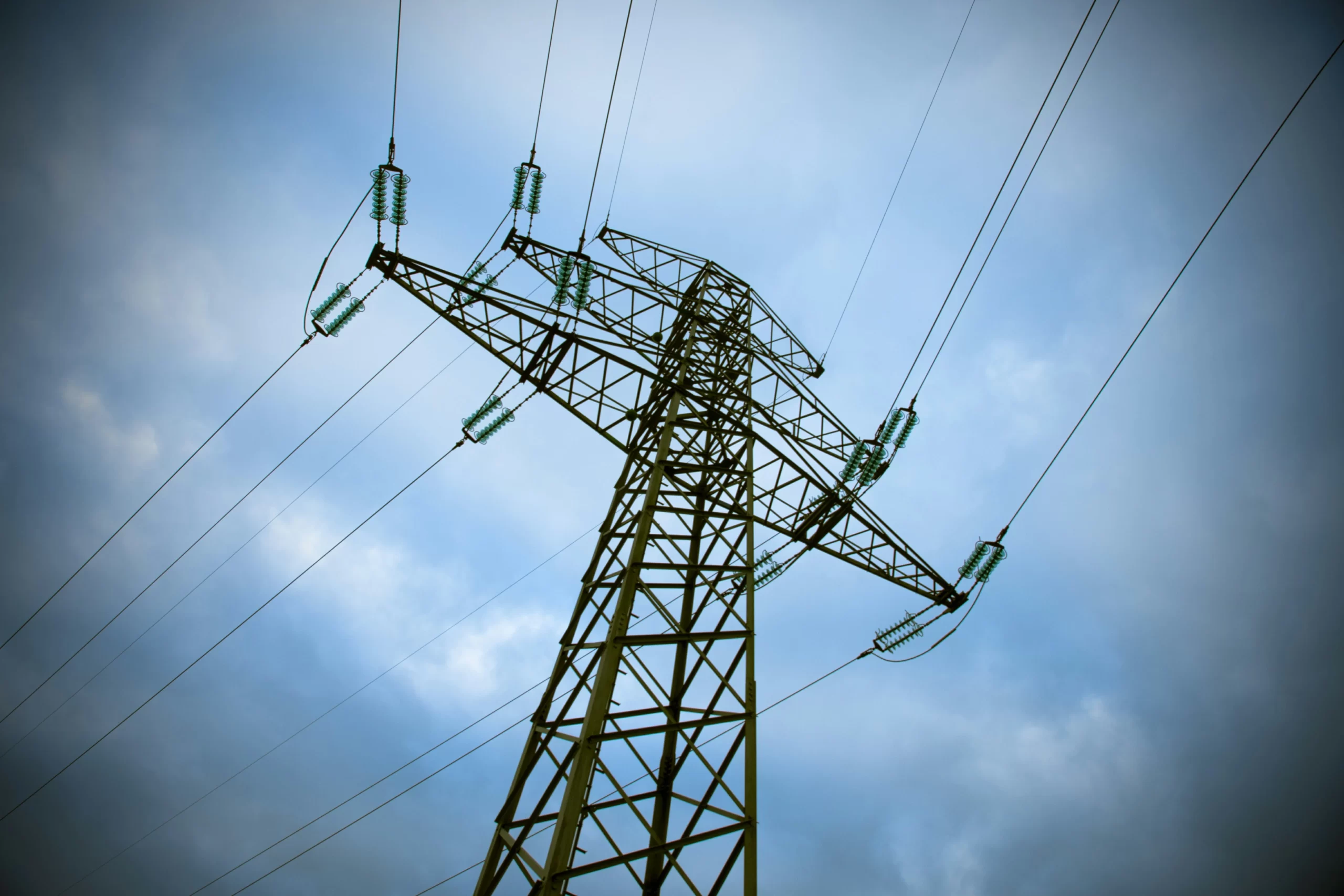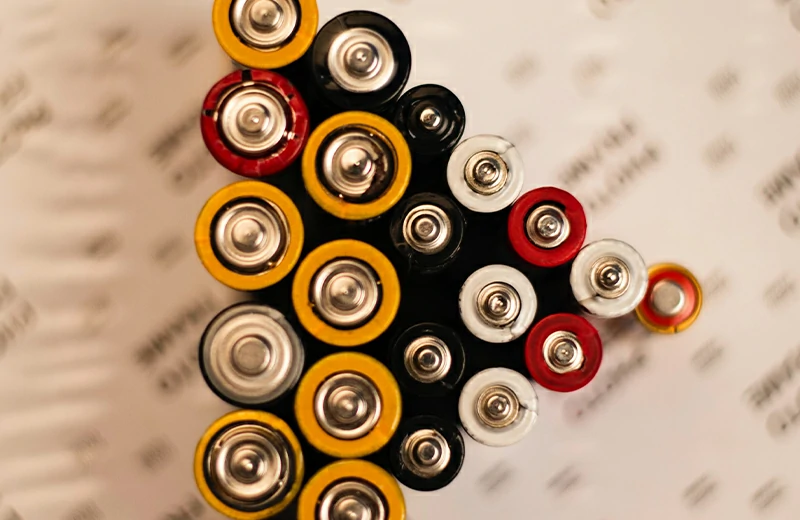
Vehicle-to-Grid (V2G): The Future of EV Charging and a Smarter Energy Grid
Vehicle-to-Grid technology is redefining the role of electric vehicles, turning them into dynamic energy assets that benefit drivers, utilities, and the planet.

There are two types of electric currents: direct current (DC) and alternating current (AC). Before determining the advantages and disadvantages, let’s find out the difference between direct and alternating current.
In DC or direct current, electric charge flow in one direction only because of the rotating magnet along the wire. The electrons move forward or in one direction steadily. In contrast, electric current changes its direction periodically in AC current because of the steady magnetism along the wire. The electrons keep on changing directions from forward to backward.
The DC current cannot travel long distances due to larger energy losses compared to AC . The voltage of DC can only travel far until it begins to lose energy. While AC can provide more power and make it safe to travel over long distances.
The frequency of DC is zero, while the frequency of alternating current depends on the country, but mostly it is 50 to 60Hz. The availability of DC is battery or cell, whereas AC is obtained from AC generator and mains. DC circuit only has a resistor as a basic element, whereas the AC circuit has two new circuit elements, namely capacitor, and inductor, in addition to a resistor. The current of magnitude varying with time is constant in DC, while AC is the current of magnitude varying with time.

(Source: Jonit Tech EVC10 Adopts AC Charging)
AC charging with a plug is the most common method for electric vehicles. Since the converter is built inside the vehicle, the power is converted from AC to DC inside the car before feeding it into the battery. The speed of charging depends on the output power of a charge point and the convertor’s ability to convert into DC

Unlike AC chargers, a DC charger can feed power directly to the car’s battery without requiring the onboard charger to convert it as it has the convertor inside the charger itself. It is expensive because it requires a power supply or transformer (a lot of power like 125A from the grid), resulting in higher tariffs for charging.
Some of the advantages of DC when it comes to EVs are:

Most chargers use AC power because of the lower costs required in production, installation, and operation compared to DC It is safe and transmitted economically over long distances. Although DC is more expensive to install, the power is much faster than an AC charging station and a suitable charging method to quickly recharge during long-distance trips.

Vehicle-to-Grid technology is redefining the role of electric vehicles, turning them into dynamic energy assets that benefit drivers, utilities, and the planet.

At this ACT Expo, Joint Tech will unveil its latest advanced commercial Level 2 charging solution, designed to enhance the user experience. Meanwhile,powered by new technology, our commercial chargers effectively address multiple challenges encountered in real-world applications.

The new tariffs imposed by the United States have once again caused global economic tension.In order to respond to the impact on the global supply chain, Joint new factory in Malaysia offers favorable tax rates.